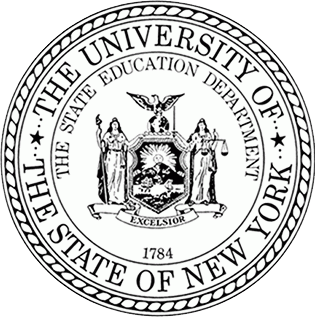Office of Instructional Support

Technology is a powerful tool, and should be utilized in everyday instruction, across all subjects, to enhance teaching and learning. The definition of technology literacy should broadly encompass the technology knowledge and skills students must learn to be successful in school, college, and careers in the 21st Century.
To better understand the current landscape, needs, and challenges related to technology literacy, NYSED released a survey in February 2017 that asked respondents to provide feedback on a number of topics related to this subject. The survey was then re-opened in May 2017 to ensure all stakeholders had the opportunity to respond. In total, NYSED received 3375 responses, over 70% of which were from New York State teachers. The following common themes were immediately apparent:
- A need exists for a common statewide understanding of student technology literacy. 93% of respondents indicated that a common understanding is needed.
- Technology integration decisions are most often left to individual teacher discretion. Few respondents indicated that technology is embedded in school- or district-wide technology maps.
- School and District Leadership play the key role in technology literacy instruction. While respondents look to organizations such as the International Society for Technology in Education (ISTE), the majority of respondents look to their school or district for guidance on technology literacy.
As districts continue to make decisions that ensure their students are receiving a quality, 21st Century education, they should consider the following:
- Leverage all available funding streams to build and maintain infrastructure that will support increased technology integration. $2B is available to schools through the Smart Schools Bond Act to reimburse for expenditures in four categories, two of which relate directly to educational technology (School and Community Connectivity and Learning Technology Equipment). In addition, schools can leverage E-rate funds and other funding streams to ensure that a robust infrastructure and reliable hardware are available for students and teachers. An Ed Tech Funding Matrix is available to help districts leverage existing state and federal resources.
- Engage in comprehensive technology planning. Per Part 100.12 of Commissioner’s Regulations, all districts are required to submit an instructional technology plan. Plans should connect educational technology programs, initiatives, and spending with overall district goals for improving teaching and learning. New three-year instructional technology plans will be due in late 2018. Updated guidance on technology plans will be posted to the Office of Educational Design and Technology’s website in November 2017.
- Plan for keyboarding instruction. Keyboarding is an important skill that allows students to write with fluency. As schools prepare for the transition to the NYS Next Generation English Language Arts Learning Standards, and continue the transition to computer-based testing for 3-8 English Language Arts and Mathematics, it is important that they begin planning for keyboarding instruction. Guidance on keyboarding can be found on the Office of Educational Design and Technology’s website.
The USNY Statewide Learning Technology Plan, adopted in 2010, identifies the Educational Technology mission and goals of the NYS Board of Regents. According to the plan, “Technology is a path for teaching and learning, but it is also a body of practices, skill, and knowledge to be learned. All New York State learners will develop technological literacy to enter college, become productive members of the workforce, and succeed as citizens.” NYSED is looking forward to working with stakeholder groups in the coming months to identify the most helpful and appropriate form of guidance on technology literacy.
If you have any questions or comments, please contact the Office of Educational Design and Technology at EdTech@nysed.gov or 518-474-5461.





